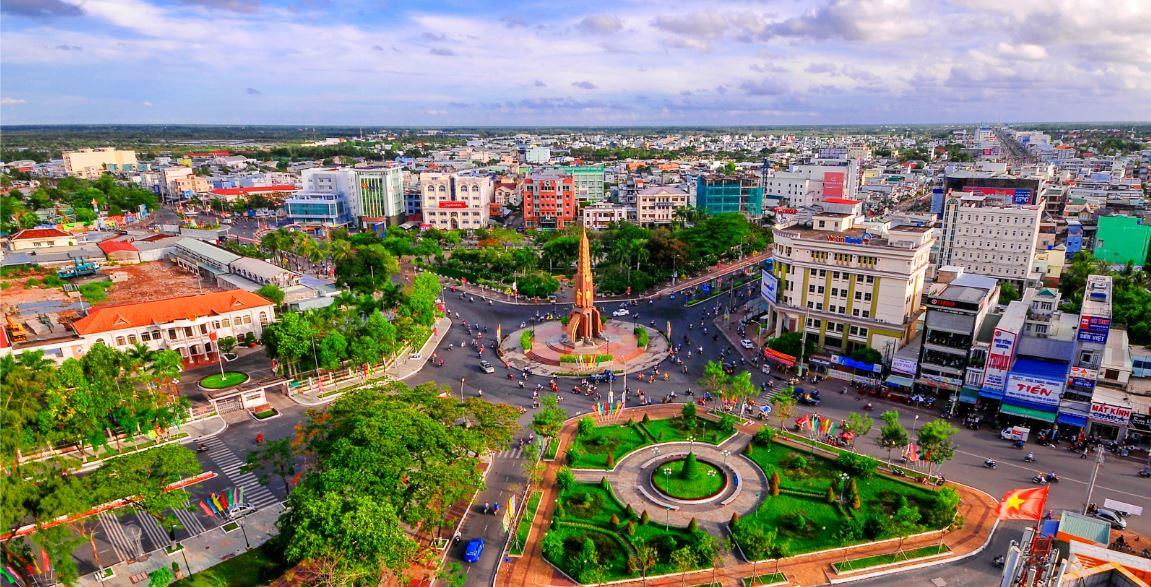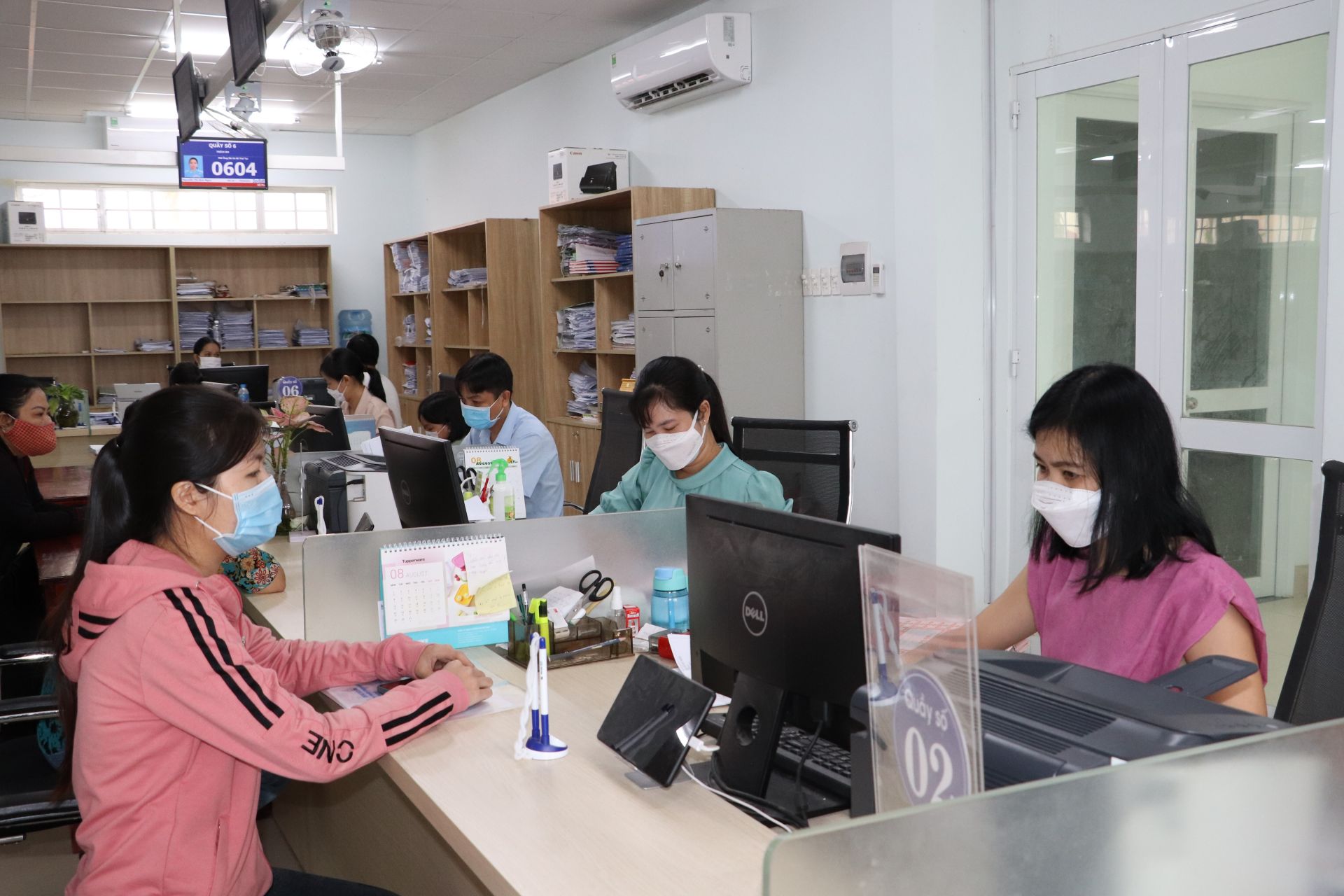Approval of Ca Mau Provincial Planning for the period 2021–2030, vision to 2050 in Vietnam
Has the Prime Minister approved the Ca Mau Provincial Planning for the period 2021–30, with a vision to 2050? – Hong Nhung (Khanh Hoa)

Approval of Ca Mau Provincial Planning for the period 2021–2030, vision to 2050 in Vietnam (Internet image)
Regarding this issue, LawNet would like to answer as follows:
On November 17, 2023, the Prime Minister issued Decision 1386/QD-TTg on Approving Ca Mau Provincial Planning for the period 2021–2030, with a vision to 2050
Approval of Ca Mau province planning for the period 2021–2030, vision to 2050
Specifically, the Prime Minister approved the Planning of Ca Mau province for the period 2021–2030, with a vision to 2050, with the following contents on the development objectives of this province until 20230:
(1) General objective
By 2030, Ca Mau will become a well-developed province of the Mekong Delta; have a synchronous and gradually modern infrastructure system; have human resources to meet development needs; and preserve and effectively adapt to climate change. National defense, security, social order, and safety are guaranteed, and people have a prosperous and happy life.
(2) Specific objectives and targets
- Economic:
+ The average economic growth rate (GRDP) in the period 2021–2030 reaches over 7.5%/year. The scale of GRDP in 2030 will be 2–2.5 times higher than in 2020.
+ Economic structure: The proportion of fishery, agriculture, and forestry sectors accounts for about 23%; industry-construction accounts for about 36.5%; services account for about 37%; and product taxes minus product subsidies account for about 3.5%.
+ GRDP per capita reached over 146 million VND.
+ Total social investment capital in the period 2021–2030 will average about 30 - 35% of GRDP.
+ The average growth rate of social labor productivity in the period 2021–2030 is over 7%/year.
+ Budget revenue for the period 2021–2030 increases by an average of 12 - 15%/year.
+ The urbanization rate reached over 36%.
+ Digital economy accounts for about 20% of GRDP.
- Regarding society:
+ The rate of schools meeting national standards is over 80%.
+ The rate of trained workers is over 65%, of which the rate of trained workers with degrees and certificates is over 30%.
+ The number of hospital beds reaches 35–40 beds/ten thousand people and 18 doctors/ten thousand people.
+ The rate of poor households decreased by an average of about 0.5%/year (according to poverty standards for each period).
+ The rate of communes meeting new rural standards is 90%; The rate of communes meeting advanced new rural standards is 50% (of the total number of communes meeting new rural standards); The rate of districts meeting new rural standards is 70%.
- Regarding resources and the environment:
+ The rate of forest and scattered tree coverage reaches over 27% (of which: the rate of forest cover reaches about 18.5%).
+ The rate of rural population's use of clean water reaches 70%. The proportion of urban residents using clean water reached 100%.
+ The rate of urban solid waste collected and treated reaches 95%; the rate of rural household solid waste collected and treated according to regulations reaches 90%.
+ There is 70% of total urban wastewater in Ca Mau City, 40%–50% of wastewater in Song Doc and Nam Can urban areas, and about 20% of wastewater in the remaining urban areas is collected and treated to meet environmental technical standards.
+ The rate at which wastewater from economic zones, industrial parks, and industrial clusters is treated to meet environmental technical standards is 100%. Over 90% of the total amount of conventional industrial solid waste is collected, reused, recycled, and treated to ensure environmental protection requirements.
- Regarding infrastructure development:
+ Modernize the transportation infrastructure system. Provincial roads meet the minimum standard of level V plain, and 100% of district roads are hardened, meeting the minimum standard of level VI plain.
Basically complete the inland waterway infrastructure system and the connecting waterway transport routes. Develop a synchronous, comprehensive, and modern seaport system. Upgrading Ca Mau airport in accordance with the development orientation of the transportation industry.
+ Invest in a synchronous socio-technical infrastructure system for economic zones, industrial zones, clusters, tourist areas, and other important functional areas.
+ Basic information and communications infrastructure meets the requirements of digital transformation, stable development, and prosperity; fundamentally and comprehensively innovates the government's management and administration activities; and keeps up with the development trends of the digital economy and digital society in a safe and widespread digital environment.
+ Develop power supply network infrastructure to ensure balanced, harmonious development and synchronization between power source and grid development. Develop power sources from renewable energy, attract investment in infrastructure development consistent with power grid development, and use power sources for electricity export.
+ Actively control water sources, ensuring adequate water supply for agricultural production and aquaculture. Control salinity and other types of natural disasters (landslides, droughts, saltwater intrusion). Improve the resilience of infrastructure and natural disaster prevention work, ensuring adaptation to the impacts of natural disasters.
+ Build a modern solid waste management system where solid waste is classified at source, collected, reused, recycled, and thoroughly treated with advanced and appropriate technology.
- Regarding national defense and security:
Firmly ensure national defense - security and sovereignty over seas and islands; closely link and harmonize economic, cultural, and social development with ensuring national defense and security; political stability, social order, and safety.
More details can be found in Decision 1386/QD-TTg, taking effect from the date of signing.
- Key word:
- provincial planning
- in Vietnam
- Number of deputy directors of departments in Vietnam in accordance with Decree 45/2025/ND-CP
- Cases ineligible for pardon in Vietnam in 2025
- Decree 50/2025 amending Decree 151/2017 on the management of public assets in Vietnam
- Circular 07/2025 amending Circular 02/2022 on the Law on Environmental Protection in Vietnam
- Adjustment to the organizational structure of the Ministry of Health of Vietnam: Certain agencies are no longer listed in the organizational structure
- Vietnam aims to welcome 22-23 million international tourists in Vietnam in 2025
-

- Emergency response and search and rescue organizations ...
- 10:29, 11/09/2024
-

- Handling of the acceptance results of ministerial ...
- 09:30, 11/09/2024
-

- Guidance on unexploded ordnance investigation ...
- 18:30, 09/09/2024
-

- Sources of the National database on construction ...
- 16:37, 09/09/2024
-

- General regulations on the implementation of administrative ...
- 11:30, 09/09/2024
-

- Notable new policies of Vietnam effective as of ...
- 16:26, 11/04/2025
-
.Medium.png)
- Notable documents of Vietnam in the previous week ...
- 16:21, 11/04/2025
-
.Medium.png)
- Notable documents of Vietnam in the previous week ...
- 16:11, 02/04/2025
-
.Medium.png)
- Notable new policies of Vietnam to be effective ...
- 16:04, 02/04/2025
-
.Medium.png)
- Notable new policies of Vietnam effective from ...
- 14:51, 21/03/2025
 (1).png)
 Article table of contents
Article table of contents
